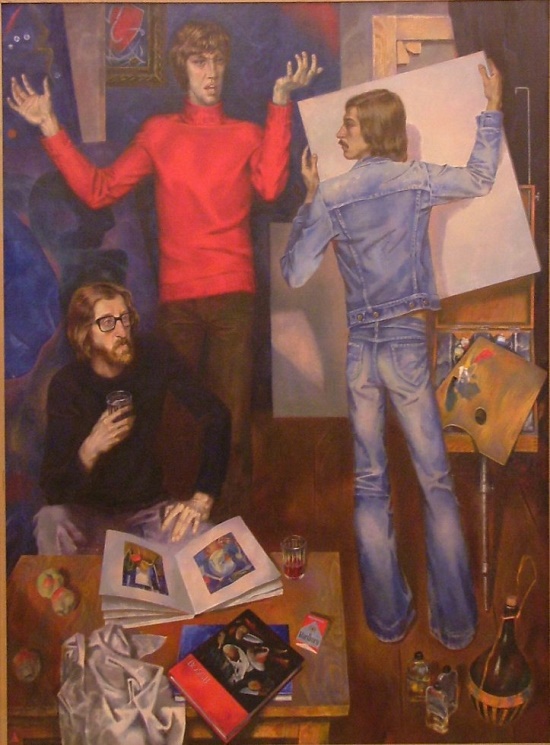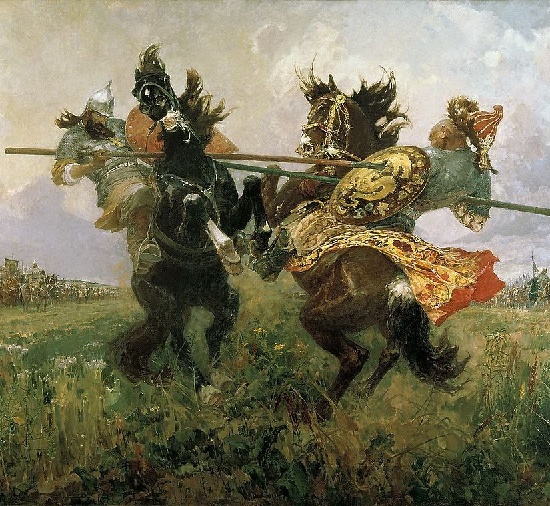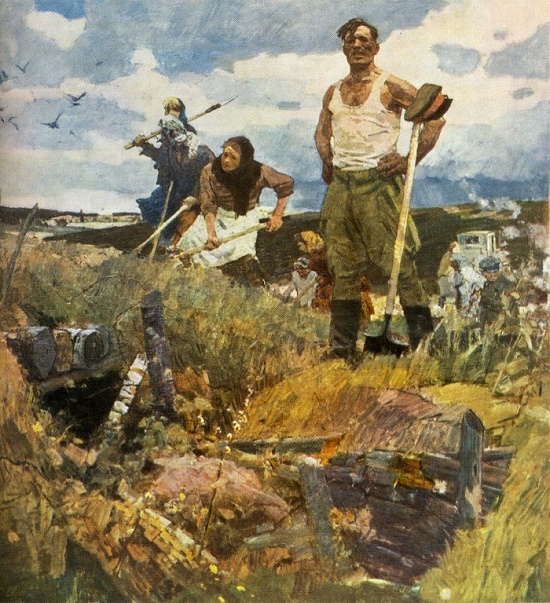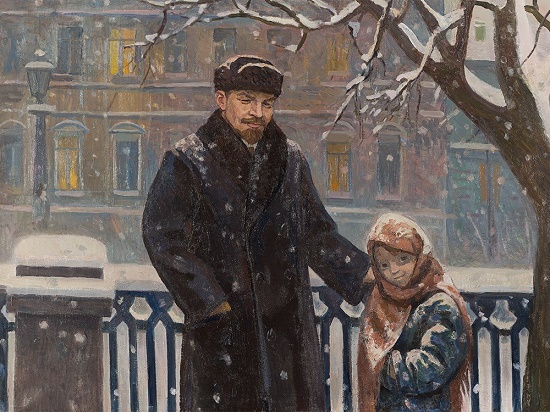Soviet Russian artist Grigory Ivanovich Gurkin 1870-1937
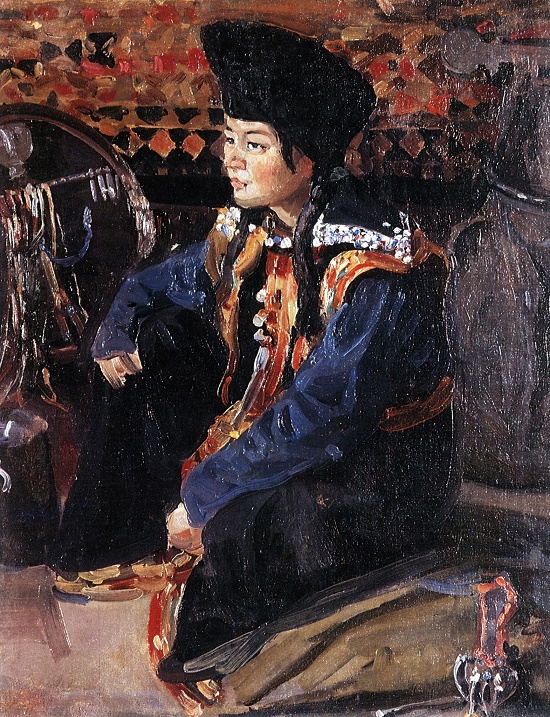
Altayka (Altay woman) in Chegedek, 1911. Oil on canvas. Painting by Soviet Russian artist Grigory Ivanovich Gurkin (12 January 1870 – 11 October 1937)
Soviet Russian artist Grigory Ivanovich Gurkin
Born in 1870 in the village of Ulala (now Gorno-Altaisk), Grigory Gurkin was an Altai artist, a student of Ivan Shishkin. By origin he was Altaian, a descendant of Telenget khan Konnay. Aged 8, Gurkin attended the icon-painting class of the Altai spiritual mission school. After graduating from the missionary school, he worked as a teacher for a while, but soon turned to icon painting. In 1896 Gurkin got acquainted with the collector of Altai folklore, AV Anokhin, who discovered the world of contemporary painting to a young artist.
The first picture, with which he tried to get to the Academy (“Night of the victim”), full of mystery and naivety. Orthodox by birth and education, the artist very vaguely depicted the life and religion of the Altaians. Only later, during the creative dawn, the author became seriously engaged in the study of the Altai way of life. Noteworthy, he left thousands of drawings, which also have an ethnographic value.
More »
